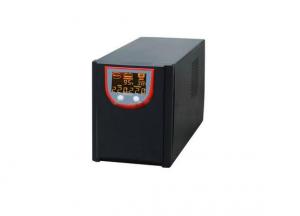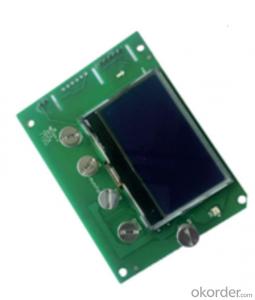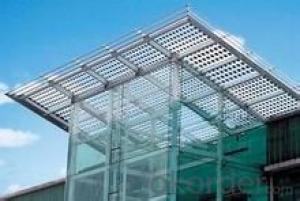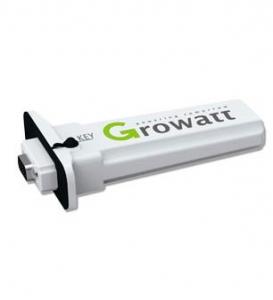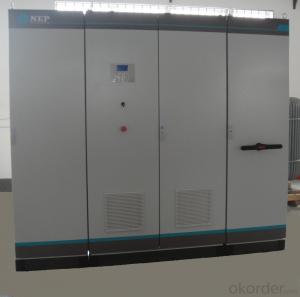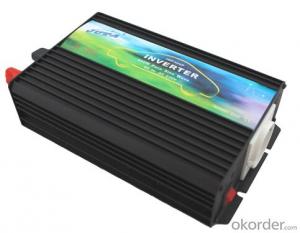Bp Solar Inverter
Bp Solar Inverter Related Searches
Bp Solar Module Power Solar Inverter Blt Solar Power Inverter Mp Solar Inverter Power Inverter Solar Cps Solar Inverter Pwm Solar Inverter Solar Pcu Inverter Solar Pv Inverter Pv Solar Inverter Power Inverter Solar Panel Bipolar Solar Inverter Solar Power Battery Inverter Solar Inverter Pcb Kit Inverter Power Solar Battery Solar Inverter Abb Solar Power Inverter Solar Powered Power Inverter Panel Solar Inverter Pcs Solar Inverter Solar Based Inverter Solar Battery Inverter Solar Inverter Pcb Board Eps Solar Inverter Battery Inverter Solar Solar Abb Inverter Raspberry Pi Solar Inverter Solar Powered Inverter Abb Solar Panel Inverter Inverter Solar PanelBp Solar Inverter Supplier & Manufacturer from China
Bp Solar Inverter is a range of high-quality inverters designed to convert solar energy into usable electrical power. These inverters are essential components in solar power systems, ensuring efficient energy conversion and reliable performance. They are widely used in residential, commercial, and industrial settings where solar energy is harnessed to power various applications.The Bp Solar Inverter is utilized in numerous scenarios, such as powering homes, businesses, and even off-grid systems. These inverters are known for their durability and ability to withstand harsh environmental conditions, making them suitable for various climates and locations. They are also designed to work seamlessly with different solar panel configurations, ensuring optimal energy output and system efficiency.
Okorder.com is a reputable wholesale supplier of Bp Solar Inverter products, offering a vast inventory to cater to the needs of various customers. With a commitment to quality and customer satisfaction, Okorder.com ensures that the Bp Solar Inverters they provide meet the highest industry standards and are backed by comprehensive warranties. This makes Okorder.com a reliable source for those seeking to invest in efficient and reliable solar energy conversion solutions.
Hot Products







